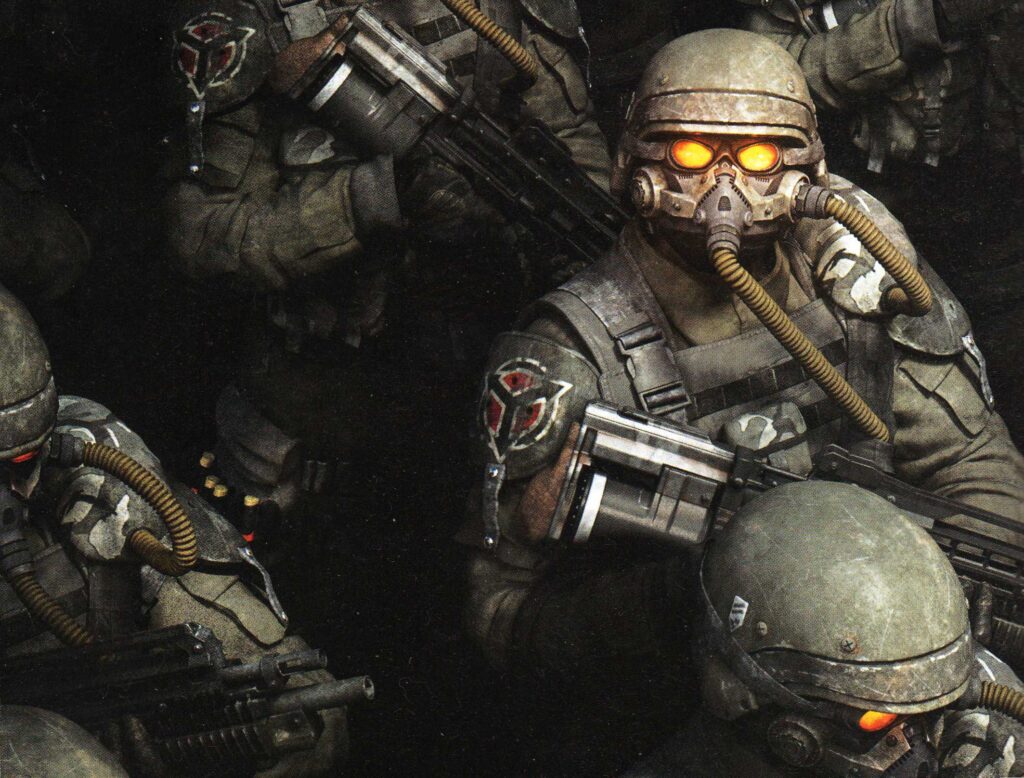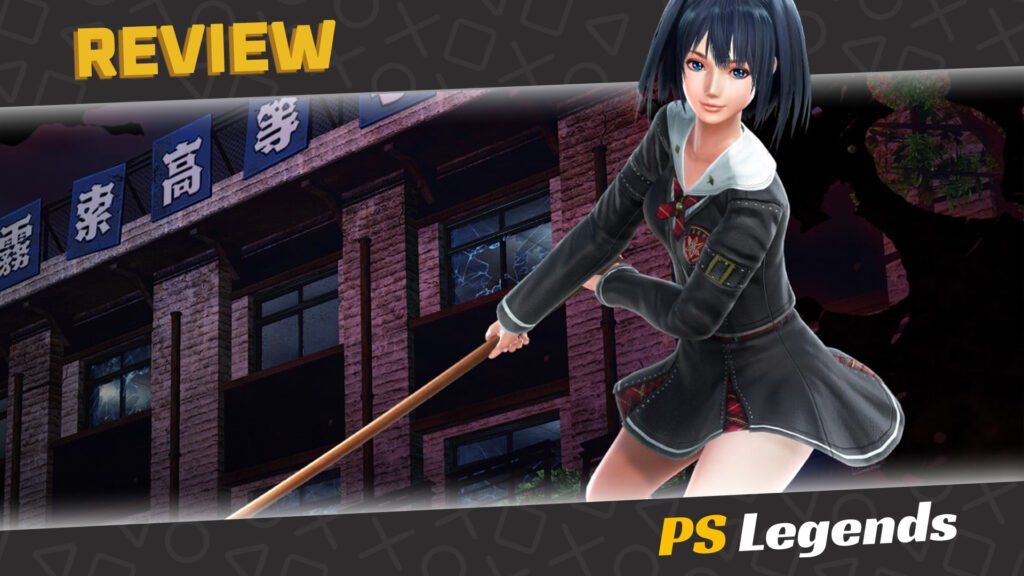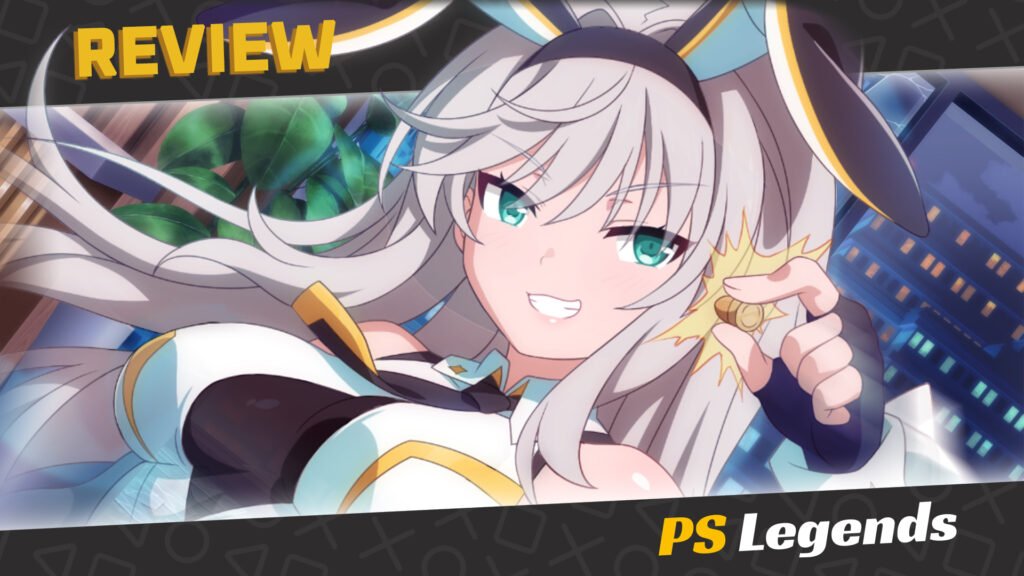Killzone is, if nothing else, a fantastic look into a time where competitiveness managed to permeate the entirety of the gaming landscape. Coming out in the era of “The Halo Killer”, Killzone manages to be both above average in comparison to the games it actually stands toe-to-toe with (think Call of Duty and Medal of Honor) as well as underwhelming in what it actually set out to do, kill Halo. What was left in the end was a game that on its own is a fine enough shooter for its time, but really only shines as the beginning of a series that got better with age and successive releases.
Setting
Here’s where Killzone shines in particular. The world that the game and its sequels take place in is an intensely interesting sci-fi future with stellar designs scattered all throughout the experience. From the Helghast’s sleek and angular technology to the ISA’s more chunky militaristic look the game has a strong sense of identity in its world and world building. The game sets itself up as follows: In the not so near future of 2357 humanity has taken to the stars in a halcyon age of planetary colonization under the banner of the Interplanetary Strategic Alliance, the ISA. One of these colonies was started on a mining planet known as Helghan (named after the mining company that purchased the planet and created the colony). The planet itself is harsh, with a poisonous atmosphere and barren surface that not only killed many of the colonists who tried to settle the planet, but mutated them over time as well.
Now known as the Helghast, the colonists instituted their own civilization on their new home. One which idolized the ideals of authoritarianism and militarism. Hellbent on revenge the Helghast have now taken to the stars yet again to invade the very worlds that abandoned them, starting with the planet Vekta. Pretty cool premise, right? A revenge conquest across the stars held by a planet of mutated colonists with hyper advanced military technology and unwillingness to forgive. The game features an absolute feast of chunky military sci-fi with a distinct world-war 2 game feel. Sadly, I don’t particularly think that Killzone does a very good job at realizing its world outside of its impressive looking cutscenes.
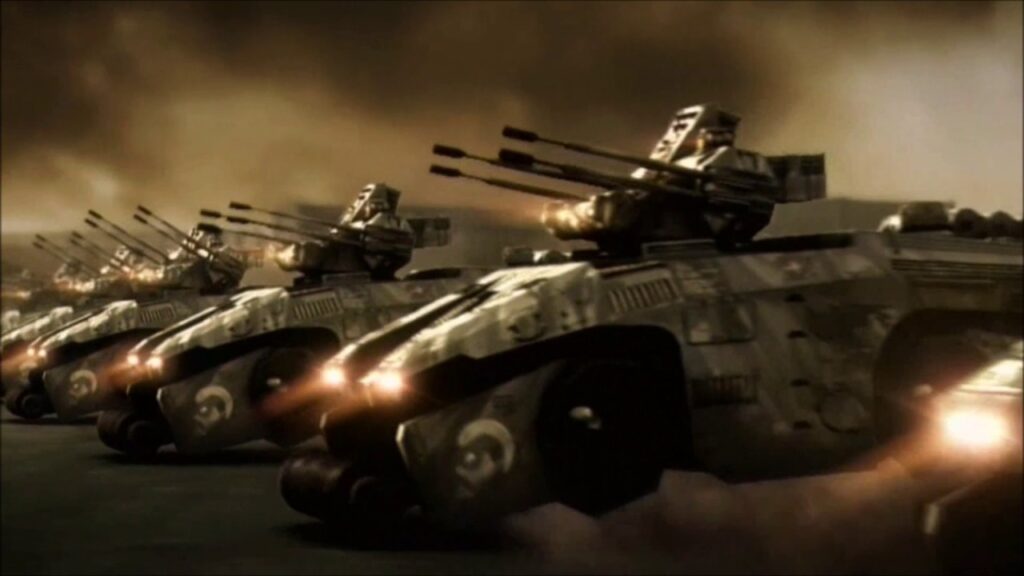
Visuals
With such interesting premise behind the overall setting you would think there would be a wealth of environmental worldbuilding, this is sadly not the case. The very first level sees you making your way through bland muddy grays and browns as you fight group after group of the same enemies. To give credit where credit is due, the overall aesthetics of Killzone are strong. The Helghast and their sleeker more geometrical approach to their more advanced technology contrasts wonderfully with the more plucky olive green squared off angles of the ISA. The characters themselves, enemies and NPCs alike, work wonders in differentiating the opposing sides.
Helghast are clad in black and grey, with standard units having an imposing silhouette enhanced by their bright orange combat goggles. As more enemy types are introduced the design is further iterated upon. Captains will wear military caps instead of helmets, elites have bulky armor and a distinct lack of a helmet showing off their pale skin. Meanwhile the ISA wear uniforms akin to the UNSC marines from Halo. Sporting olive drab and sets of armor pads and plenty of pouches for ammunition. These differences continue into the spectacular weapon design of the game. Helghast weaponry takes on their stark angular design sensibilities while the ISA use weapons and tech that looks closer to things we use today.
Sadly the art direction of the setting begins to fall apart when examining the world of Vekta and the areas of it you fight through. While there are some standout areas in the perilous journey from a coastal city all the way into space to assault one of the captured orbital defense platforms, most of it is going to be painted in dull grays and dim greens. There isn’t much visual distinction within the game’s 11 levels, and even less environmental world building to help flesh out its setting. A few vending machines here, a monument there, but in between those little flourishes are vast sums of empty space. Urban environments with massive empty buildings and streets, mountains with the same rock asset used over a dozen times in one area, it all amounts to a game that could have more interesting visual design but simply doesn’t.
We never get to learn what kind of world Vekta is. What sorts of people live there, what Vektan society is really like. Even the shopping mall is almost completely devoid of anything that would signify it as an urban shopping center. With so much empty space taken up by bland, washed out textures, it’s hard to truly feel as immersed in the experience as you would playing something like Halo or Warhammer 40K Fire Warrior. The graphics themselves are quite impressive for the PS2, but the way they’re utilized leaves much to be desired.
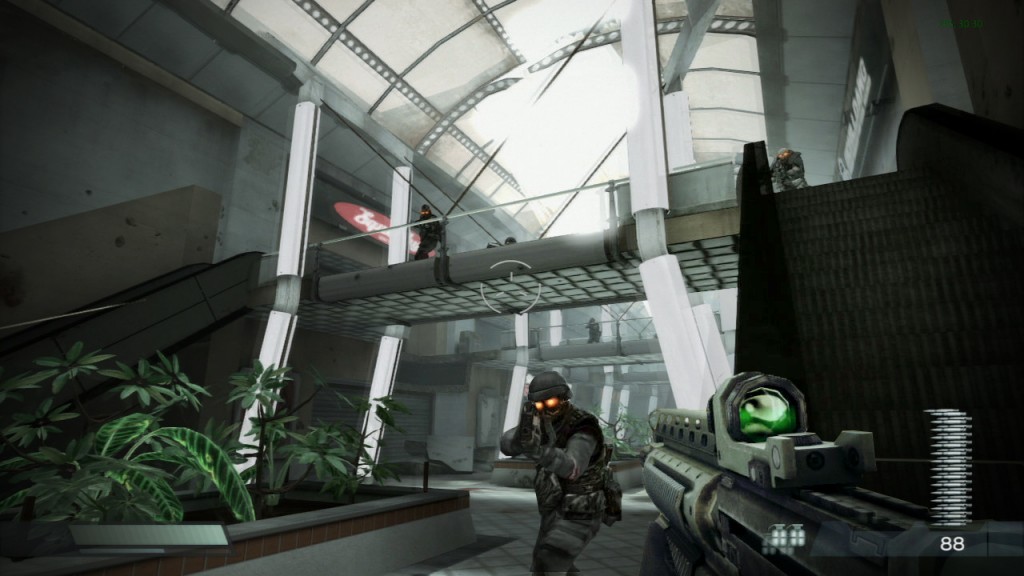
Level design
I do want to preface this section of my review with something positive. Killzone does have good levels. In particular the city park and mall towards the beginning of the game, swampy jungle later on, and ISA missile base near the end all stand out as memorable levels packed with fun shootouts and set pieces. However, it’s everything else where the game tends to lose me. The game’s first two chapters, Helghast Assault and Vekta Evacuates, have almost nothing that stands out against their endless barrage of flat urban hallways and barely winding mountain passes. Combined with predictable enemy placement and blandly set up areas littered with very little cover, the game struggles to make things truly engaging until its third chapter. It doesn’t feel like an invasion despite all the destruction around you. It tends to feel more like walking through a paintball arena filled with buildings that only exist to have the same three shootouts inside. Very little sense of verticality, flat terrain, and long stretches of emptiness all plague its weaker levels.
“Empty” is I think the best descriptor I have for those weaker parts. In particular the mountainous levels of the late game and the earlier beach assaults feel almost vapid in comparison to the denser design of the levels I mentioned at the beginning of this section. It’s such a stark contrast in design that causes some whiplash when moving from level to level.
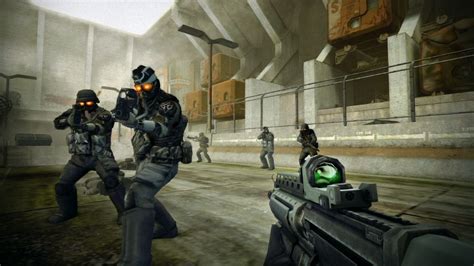
Gameplay
Now we get into the real meat of any game. How does it play? I think in Killzone’s case I would have to describe it as a mixed bag. On one hand the core shooting and weapons available to you feel pretty good, but on the other there’s a lot of little things that hold it back from feeling as loose or fluid as it probably should. For starters none of the weapons allow you to ADS (aim down sights) making firefights a hassle at a certain range. Combine this with the frankly confusing spread patterns of many of the game’s guns and you’ve got shooting that feels nearly impossible to be accurate at. There were times where I had the generously large crosshairs of the Helghast’s main infantry rifle, the StA-52 Assault Rifle, over an enemy but not a single one of my shots managed to land before its 50 round magazine was depleted.
It’s particularly frustrating when you’re trying to take out particularly dangerous enemies such as the Helghast Elites who often wield large machine guns or explosive weapons like grenade launchers, and not a single shot you fire hits where you’re aiming. I should also mention that this issue seems to be wildly inconsistent. Other times when I was hovering above an enemy outside of any range I thought I’d be able to hit at, I was able to put them down in a matter of three shots or less. Randomizing the ability to effectively and accurately take down enemies is just as maddening as it sounds, and is only made worse when nearly every enemy in the game has perfect pinpoint accuracy seemingly regardless of difficulty. Going hand in hand with the overall frustration caused by little things within the core gameplay, the game manages to feel very clunky and slow to move around and fight in.
This is partly due to the fact that Killzone suffers from framerate issues as well as stuttering during certain loading areas, but that’s just one part of it. Aiming manages to feel either too loose or too sluggish with not a whole lot of a sweet spot in between.One of the most tedious features is that most intractable spots in the environment have to be initiated by a button prompt. This includes vaulting over certain cover, climbing ladders, crawling through vents, and even using a melee attack on an enemy at close range. Most of if not all of these actions lock you into animations where you’re still vulnerable to gunfire. Crawling is particularly dangerous due to the baffling decision to not allow you to reload while on the ground. Now this isn’t all to say there aren’t parts that work well. As mentioned before, the gunplay manages to be satisfying despite its shortcomings.
Each weapon feels unique in your hands with varying fire rates, accuracy, and alt-fire capabilities to really shake up combat. A favorite of mine is yet again on the StA-52 which has an underslung shotgun capable of firing a single shot before needing to reload. The variety doesn’t stop there though. Underbarrel grenade launchers, silenced shots, proximity mines, laser guided missiles, there’s absolutely no shortage of fun ways to mow down Helghast as they throw themselves at you wave after wave.
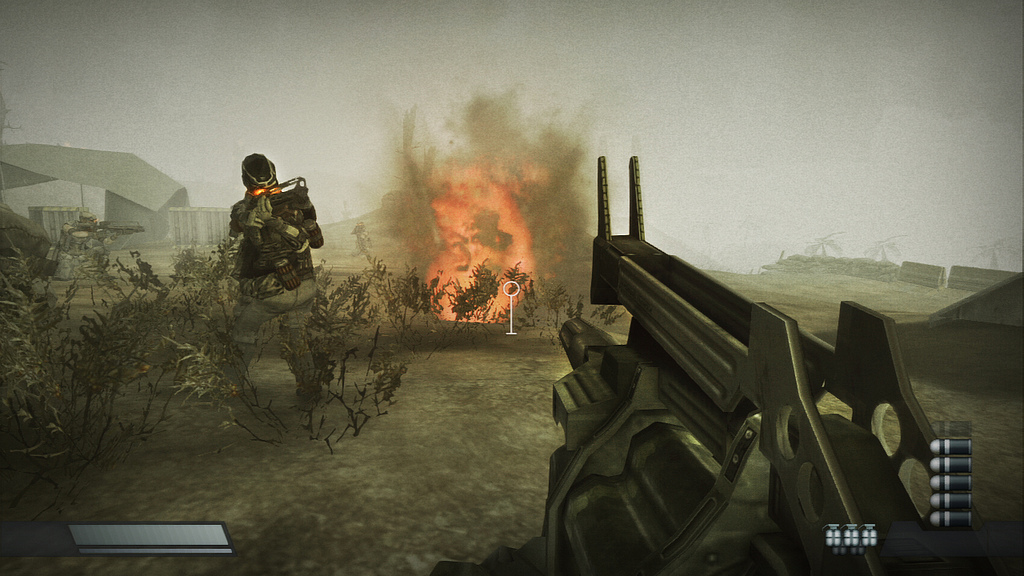
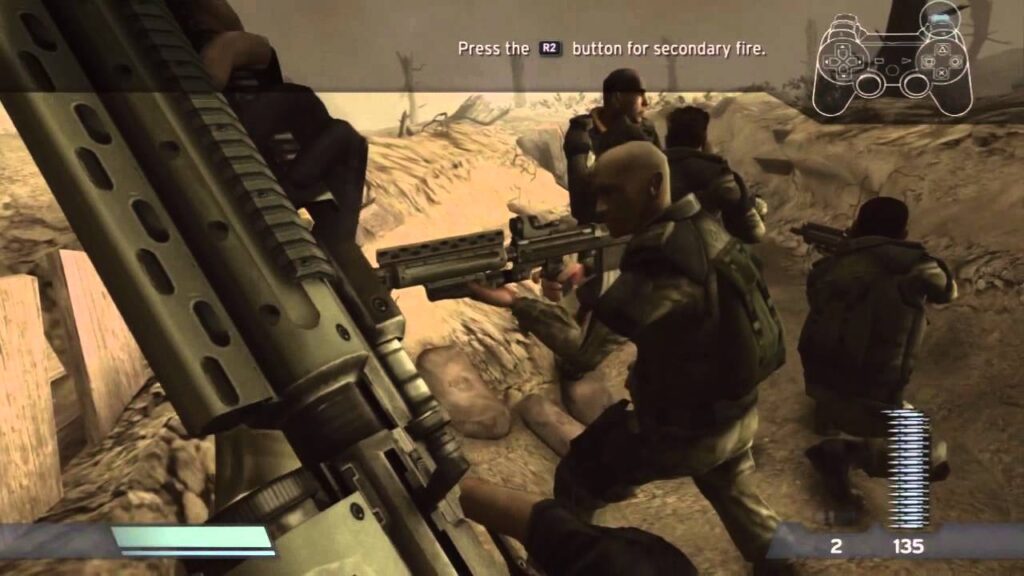
Story
Killzone’s narrative is what I would be most inclined to call serviceable. It’s nothing groundbreaking but it doesn’t really need to be. The Helghast successfully invade Vekta after the orbital defense grid protecting the planet is mysteriously sabotaged. You then find yourself in the boots of one Jan Templar, an ISA soldier tasked with finding ISA General Vaughton who has one of the two keys needed to reboot the defense grid which will allow the Vektans to take down the Helghast fleet in orbit. Over the course of the game it is revealed that General Adams, and ISA general overseeing the SD platform defense grid, is a turncoat and kills Vaughton as he arrives in space. A Helghast general by the name of Lente is let aboard and behind to oversee usage of the SD platforms to send missile strikes to Vekta’s major cities. All the while Templar and the other three playable characters, Shadow Marshal Luger, Heavy Weapons specialist Rico, and half-Helghast spy Hakha, fight their way to the SD platform to stop Adams from annihilating the earth fleet coming to provide reinforcements to the ground troops on Vekta.
Like I said, it’s nothing groundbreaking. A classic twist of an inside job putting the odds against a plucky group of heroic soldiers who manage to come out on top despite it all. So little of the game actually has the story in the spotlight with cutscenes providing most of the context. Where the game’s weakness lies is in the characters themselves. All four playable characters are incredibly one note, with Rico in particular becoming grating very shortly after his introduction. His “hate all Helghast” attitude and tendency to spout off loud hateful things at Hakha for his heritage make his writing the weakest of the bunch. It’s hard to really take off any marks for the story when it’s so simple and takes more of a guiding role to the gameplay and objectives.
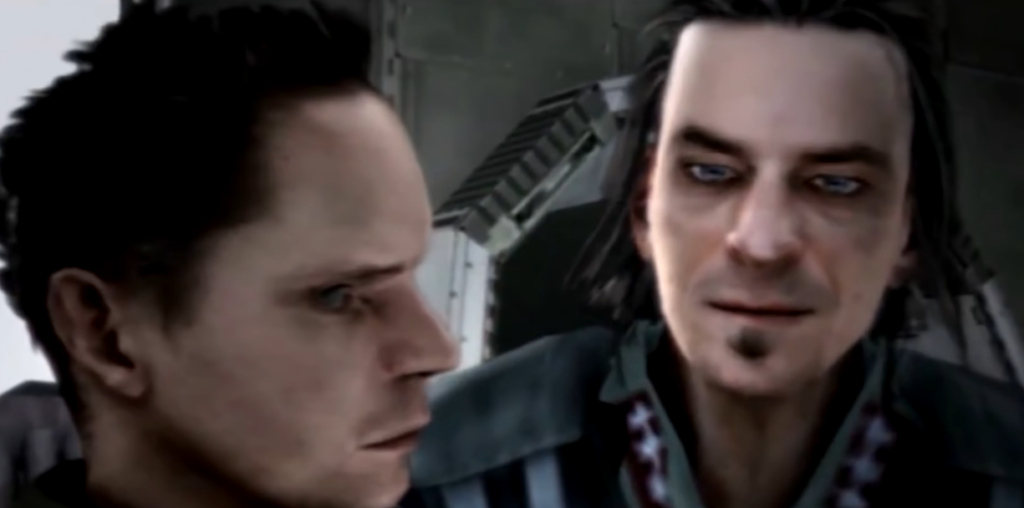
Conclusion and comments
If you’re read through to the end of this review you’ve probably gotten the impression that I think Killzone is a bad game. In actuality I mostly find myself in a frustrating middle point between very much enjoying my time and being put off by its shortcomings. In the realm of “the Halo Killer” Killzone did not succeed in its goal. Halo would go on to be one of the most influential and beloved series within the gaming landscape, but Killzone itself would also go on to have a lineage of its own.
I do like Killzone and would probably put it firmly on a must play list of games to play on the PS2, but the plethora of flaws and edges hold it back from being something that I could readily recommend to everyone. This is also the point in the review where I mention that the sequel, Killzone 2, is one of my favorite PS3 games ever, but that’s for another time. As it stands, Killzone is a perfectly fine game on its own. It didn’t break new ground or kill off another franchise, but it did create an intensely interesting sci-fi world and a solid, if not flawed, FPS experience on the PS2. If you ever feel yourself itching to play something that fits that description and have already played through Halo too many times, give Killzone a shot.
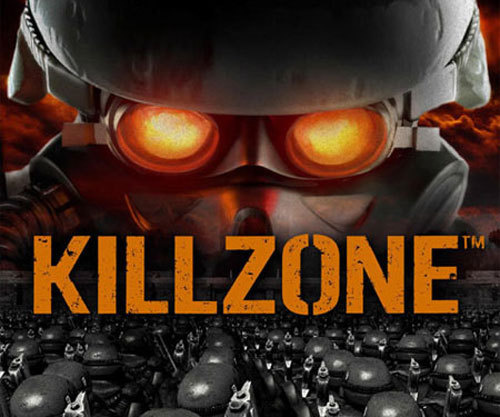
Joys
- Strong setting with interesting worldbuilding
- Excellent character/weapon design
- Fun setpiece sections
Cons
- Bland level design in between setpieces
- Stiff gameplay
- Poor performance
